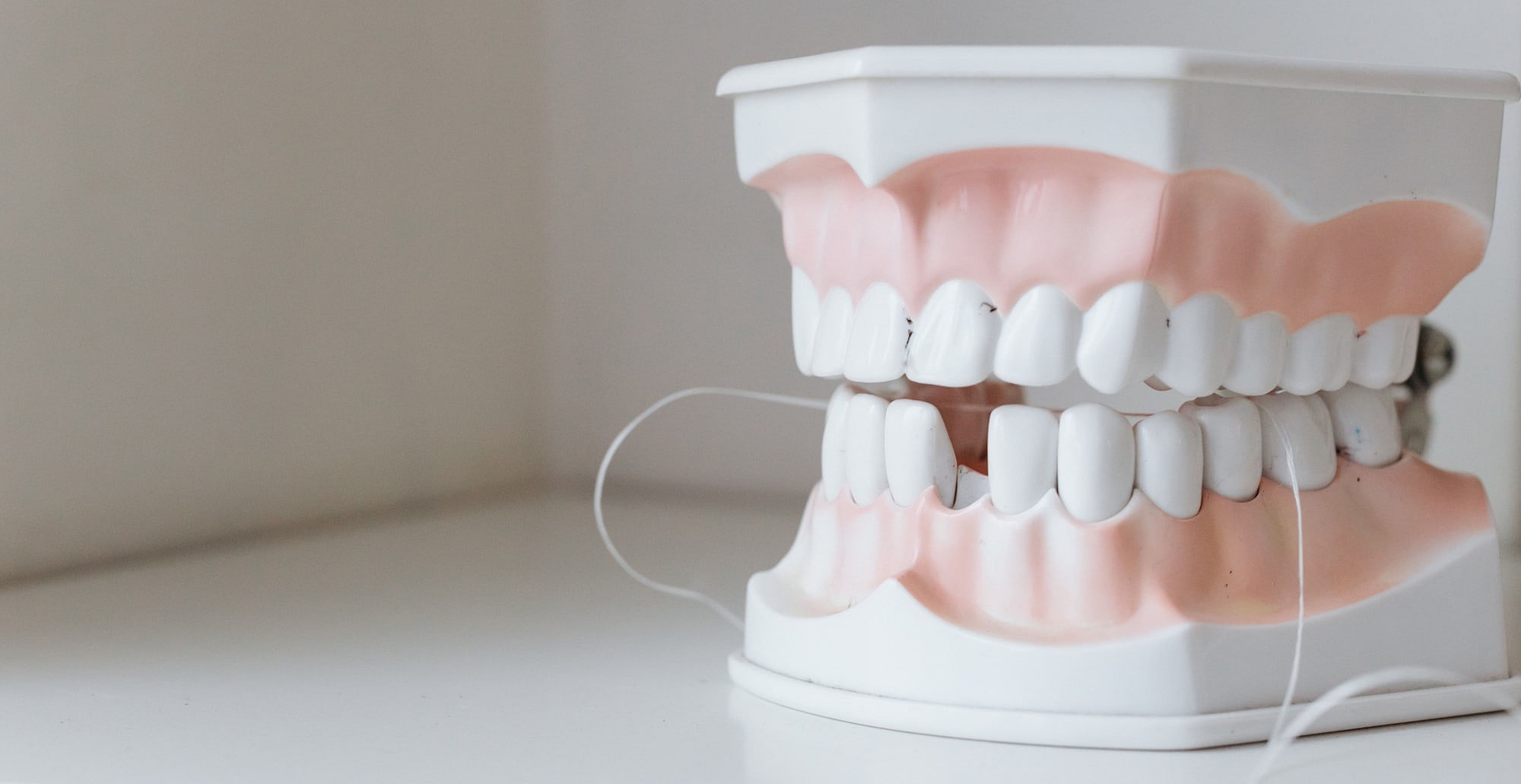

Education
Station
What the Bleep is Going on Here?
One of the themes that continually comes up for me is the differentiation that is emerging among a small segment of the dental profession, the dental profession as a whole, and the medical profession. What I see is confusion and anxiety among the patients as they interface with these different entities. Come with me now as we step back and look at what is happening in these various arenas.
It is important to note that medicine and dentistry were created to deal with critical, emergency type situations. At their infancy, patients sought the care of physicians and dentists only when they had a problem. Perhaps one had an infection or a serious injury or maybe a tooth was hurting. If one looks at what is happening today, it is pretty much the same. We go to the doctor when we have a problem. With the exception of the annual pap smear, mammogram, or annual physical, little preventive care is actually seen. When we have blood drawn and evaluated, if our numbers are within the “range”, we are considered O.K., in spite of the fact that these ranges are derived from patients entering the hospitals, (usually someone with a problem), and are in no way related to health.
Therefore, in effect, we don’t have a health care system but rather a disease care system. The way medicine is practiced today, there is an underlying message that says when you get the disease, we’ll go into action. We won’t look for the cause but rather we’ll find a medication or surgical procedure or device to eliminate or suppress the symptoms. Isn’t it striking that a by-pass procedure is estimated to last about 10 years? Ever wonder why no one seems interested in finding out more about why the arteries are clogging up instead just blaming it on heredity?
We know that the initiator of heart disease is chronic inflammation (American Heart Association Meeting 1997) somewhere in the body, which is followed by the deposition of calcium and then cholesterol. To my knowledge, checking for chronic inflammation is still not the norm within the medical profession. We now know that all cancers begin in an acidic, oxygen-deprived, calcium-rich environment and in the presence of chronic inflammation somewhere in the body. So why do we continually spend billions of dollars each year looking for more new drugs to treat cancer instead of studying how we could eliminate these situations from occurring within our bodies and thereby preventing it from ever showing up. We know that there are six hidden defects. (see article this section entitled “Invisible Signs of Chronic Illness and Infection) present in all infections, chronic diseases, and toxicities and if we support the body in its effort to eliminate these defects, we usually see signs and symptoms of the disease disappear. We know that the mouth is a mirror and is intimately related to our overall health yet physicians and dentists rarely interact to find ways to help a patient get healthy.
So what is the answer? I don’t believe there is one answer but I do believe a 180 degree change of thinking by all parties is in order. First, we must assume total responsibility for our health. This is difficult because our culture has evolved more towards a blaming, entitlement, and quick-fix mentality. Also, many of us no longer have the freedom to choose where we seek our care due to the ever-increasing tentacles of the insurance industry and the high costs of disease care. We, however, can choose the things we eat and drink, whether or not to exercise, where we get our information about our health, and with whom to consult outside the insurance network, for example, the alternative realm. We can let go of the idea that everyone should do the same things to get healthy, the old “one size fits all” way of thinking and find ways to customize our approach to health because we are unique, one of a kind creations. We can understand that our Maker created us by design and we could work to support that design naturally rather than telling the body what to do. A true master of this approach is H. L. “Sam” Queen, C.C.N., C.N.S. He can be found at the Institute for Health Realities web address is healthrealities.com.
In dentistry, the approach we’ve followed for over 30 years, the health-centered concept, is making more and more sense each year I practice. You see, we have a clear picture of what healthy teeth, healthy gums, and a healthy chewing system look like. A heart attack in dentistry is an abscessed tooth. We know that a little cavity in the top of a molar left alone, will eventually abscess the tooth so we proactively seal off “dirty” grooves. We know that a crack in a tooth with a large, leaking filling, will lead again to an abscess, so we remove the decay and old filling, sterilize the tooth, restore the tooth with the latest composite resin, often times negating the need to crown (cap) the tooth. We know that bleeding gums will ultimately lead to bone loss and perhaps loss of the tooth, so we teach people how to clean their mouths and where they fail, we help them by removing hard deposits and stains so that the gums can return to health. We know that subtle wear on the teeth, left alone, could irreparably damage the teeth, any dentistry placed on the teeth, and/or the jaw joints, so we make orthotics (night guards) to prevent the chewing system from deteriorating.
One final thought. Insurance benefits in dentistry are important and we work hard to help our patients get their benefits. However, insurance companies and their policies are not designed or created to help us get healthy. They are designed to help us take care of some of the costs of repairing the ravages of disease, all the while promoting, at best, average care and technology. The real answer to the health care crisis and the rising costs we’re seeing lies in our ability to move the condition of our mouths as well as our general health closer to health. The good news is that we don’t have to be perfect. We just need to move in the direction of wellness. Integrating natural, holistic concepts with state-of-the-art technology has served my patients well for decades and still remains our best option to achieving that goal.
Take a look at some of our other articles from our Education Station page.


